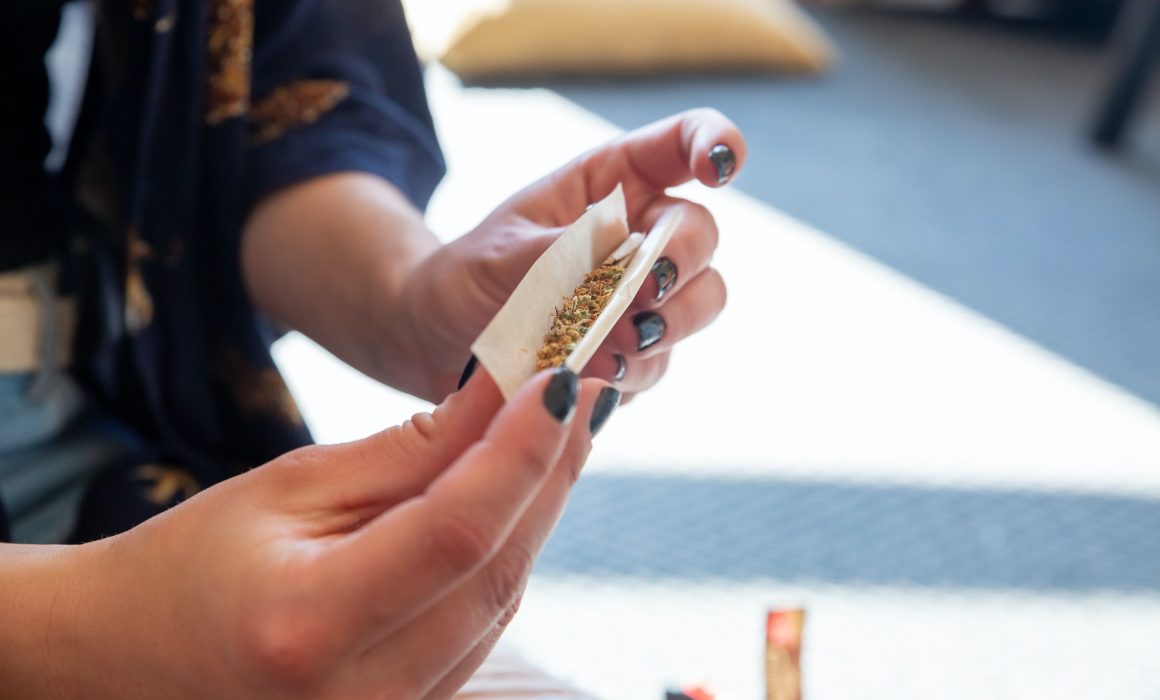Hash and weed: what’s the difference?
When it comes to cannabis, the terms ‘weed’ and ‘hash’ are often used interchangeably. Both are legally sold and used in Dutch coffeeshops. Although it is often understood that it refers to the drug derived from cannabis, it is not always clear what the difference is between hash and weed. Are you also looking for some clarity about weed and hash? Then read about it here.
Cannabis sativa
Weed and hash are both derived from female cannabis plants, also known as the cannabis sativa. The male cannabis plant is generally not used to produce weed or hash. This is because the male hemp plant contains a lower concentration of active substances compared to the female hemp plant. It would therefore provide a considerably weaker product.
The Cannabis Sativa plant consists mainly of buds, as well as the well-known cannabis leaves. The active ingredient, THC, is present throughout the entire plant, however, it is stronger in the buds than in the leaves. Which part of the plant is used, and the way the product is extracted will determine whether it is referred to as hash or weed.
What is weed?
When people talk about weed, they are talking about a mix of the dried buds and the leaves together. This substance is also called marijuana and has a strong scent.
Since weed is a combination of buds and leaves, the concentration of THC is often lower than when using only the buds, as is the case with hash.
What is hashish?
Hash, or hashish, is derived solely from the sticky resin in the buds. This is the strongest part of the plant with the highest concentration of active ingredients. The leaves and buds are not included in the hash. This would reduce the strength of the product.
After cooling the buds the resin is shaken out of the plant and pressed into a block. This hash block, therefore, has a higher concentration of active ingredients than the same amount of weed would have. This has emerged from a study conducted by the Trimbos Institute. The price of hash is also often higher than marijuana.
The difference in appearance between hash and weed
Weed and hash are very different in terms of appearance. So it is very easy to tell them apart. The buds and partly the leaves are used to produce weed. These are smoked or ingested once they have dried and have a green-brown color.
Hash, on the other hand, is brown and sticky. Hash is generally sold as a bar or as compressed cubes. The taste of hash and weed also differ.
The effects of hash and weed
Both hash and weed have THC as an active ingredient. The effects are therefore similar. It enhances the appetite, helps a person relax, and can have an effect on the person’s perception.
Because the concentration of THC in hash is higher, the effects will be stronger when using hash. However, the effects of hash and cannabis also depend on the concentration of CBD. This is another active ingredient from the cannabis plant that is responsible for the relaxed and laid-back feeling.
How strongly someone feels the effects of weed or hashish, therefore, depends on the amount of CBD, the amount of THC, the method of ingestion, and the characteristics of the person.
Do the risks differ?
The risks of cannabis are mainly related to the THC concentration of the product. Since hashish on average contains more THC, it also carries more risk.
The following risks can be the result of using hash and weed:
- Decreased concentration and impaired reaction time.
- Psychological consequences
- Hallucinations when using high concentrations of THC
- Damage to the respiratory tract
Want to know more?
We are happy to have a further chat in our coffeeshop in Amsterdam. You can find us at the edge of the Amsterdamse Bos: on the border of Amsterdam and Amstelveen. Check our current opening hours here. See you soon!



